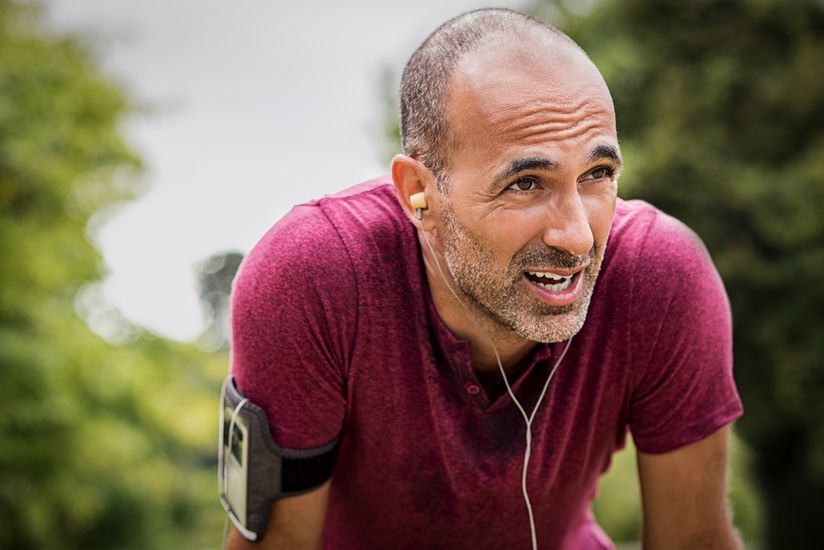Flabby Facts
The pursuit of physical perfection (or simply good health) is fraught with half-truths, myths, and urban legends. We asked personal trainers from around the country to weigh in on some of the biggest fitness myths out there. Find out which fitness fads and myths to ignore, and which beneficial workout habits you should be focusing on instead.

































